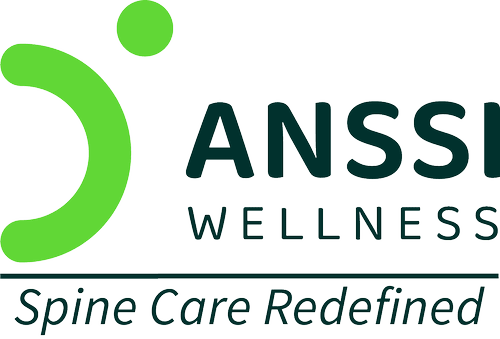Back pain is one of the most common health complaints worldwide, affecting millions of people. Herniated discs and spinal stenosis rank among the most common causes of neck and back pain. While both conditions affect the spine and can cause discomfort, they are distinct issues with different causes, symptoms, and treatments.
Understanding the differences between spinal stenosis and herniated discs is crucial for getting the right diagnosis and choosing the most effective treatment. Both conditions can often be managed without surgery, using non-surgical spinal decompression, physiotherapy, and lifestyle modifications.
What is Spinal Stenosis?
The disorder commonly known as spinal stenosis causes the spinal canal to narrow, squeezing the spinal cord and nerves. Pain, numbness, and weakness may result from this, particularly in the lower back and legs.
Causes of Spinal Stenosis:
- Ageing: Natural wear and tear can cause spinal narrowing.
- Arthritis: Inflammation and bone spurs can reduce space in the spinal canal.
- Herniated Discs: An extrusion from a disc can press into the spinal canal.
- Thickened Ligaments: Over time, ligaments can become stiff and invade the spinal canal.
Symptoms of Spinal Stenosis:
- Pain while standing or walking, often relieved by sitting or leaning forward
- Numbness and tingling in the legs or arms
- Weakness in the limbs, making walking difficult
- Loss of balance and coordination in severe cases
Spinal stenosis develops gradually and is more common in people over 50 years old due to spinal degeneration.
What is a Herniated Disc?
When a spinal disc’s soft inner gel pushes against surrounding nerves by extruding through its outer layer, it results in a herniated disc. This disorder, which is also known as a slipped disc, can result in nerve-related symptoms and excruciating pain.
Causes of a Herniated Disc:
- Injury or trauma: Sudden movements, falls, or accidents can cause disc damage.
- Degeneration: Discs lose flexibility with age, making them more prone to rupture.
- Poor posture: Sitting for long hours, improper lifting techniques, and lack of movement strain the spine.
Symptoms of a Herniated Disc:
Excruciating pain that radiates to the arms, legs, neck, or back.
- Tingling or numbness, typically on one side of the body.
- Muscle weakness, making it difficult to lift objects or maintain balance.
- Pain that worsens with movement, as bending, twisting, or sitting for too long can increase discomfort.
Herniated discs can be found in younger adults (30-50 years old) and often occur due to repetitive strain or sudden injury.
Non-Surgical Treatment Options
Accurate diagnosis is crucial since both conditions require different treatment approaches. The majority of patients may adequately manage their symptoms with non-surgical treatments, while severe cases of spinal stenosis or ruptured discs may necessitate surgery.
1. Non-Surgical Spinal Decompression Treatment
Non-surgical spinal decompression treatment is a non-invasive treatment that gently stretches the spine, creating negative pressure that:
- Relieves pressure on nerves and discs.
- Allows bulging discs to retract, reducing nerve compression.
- Improves blood circulation, promoting natural healing.
Spinal decompression is highly effective for both spinal stenosis and herniated discs, as it helps restore spinal alignment and function without surgery.
2. Physiotherapy and Stretching Exercises
Physiotherapy plays a crucial role in strengthening spinal muscles and improving flexibility.
- Postural correction exercises reduce strain on the spine.
- Core strengthening helps support spinal stability.
- Stretching routines improve mobility and reduce stiffness.
A physiotherapist can design customised exercises depending on the specific condition and severity of symptoms.
3. Lifestyle Modifications for Spinal Health
Maintain a healthy weight: Excess weight increases spinal stress.
- Practice good posture: Do not slouch when sitting or standing.
- Use ergonomic furniture: A supportive chair and mattress can prevent worsening symptoms.
- Stay active: Walking and low-impact exercises keep the spine flexible.
Combining non-surgical spinal decompression treatment, physiotherapy, and lifestyle changes offers the best long-term relief without the need for surgery.
About ANSSI:
ANSSI Wellness focuses on improving the quality of life for patients suffering from spinal issues, aiming to provide relief where other conventional treatments have failed. Through advanced non-surgical spinal decompression treatment, ANSSI is committed to helping patients avoid surgery and recover in a safe, effective, and compassionate environment.
Connect with ANSSI Wellness on LinkedIn, Instagram, and Facebook for expert guidance.



